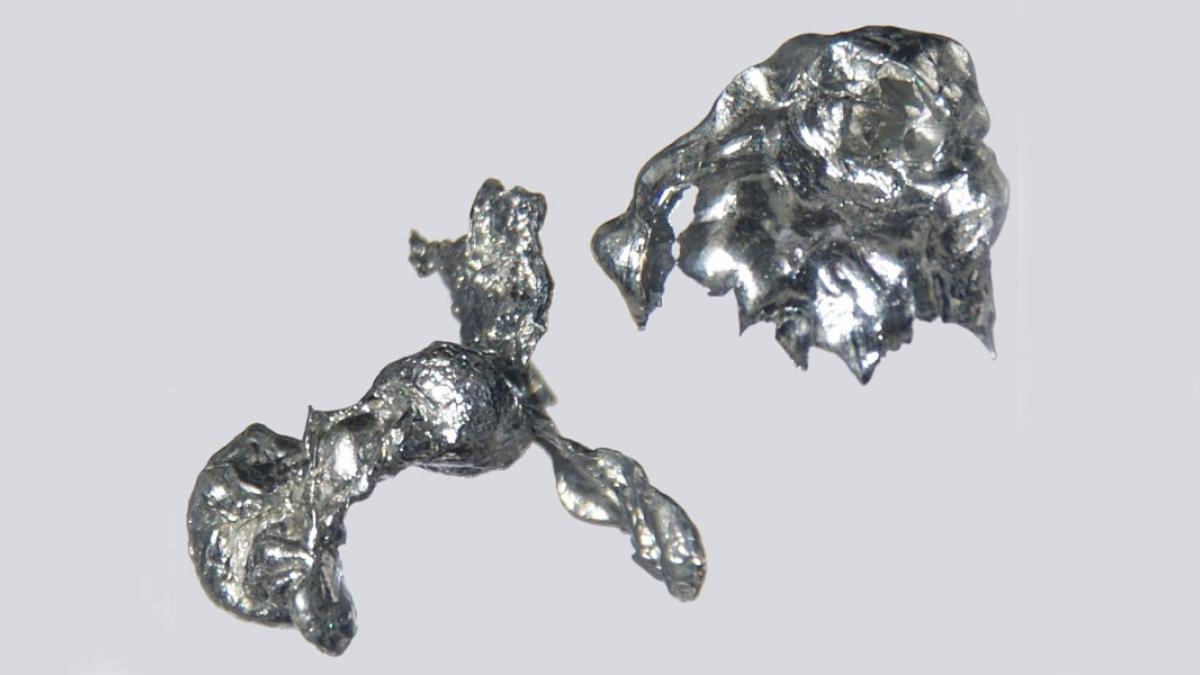Exposure to the toxin cadmium, a known human carcinogen, leads to accelerated cognitive impairment, even at levels found in people who do not smoke cigarettes, according to a new animal study from researchers in the University of Washington Department of Environmental & Occupational Health Sciences.

Those with genetic risk of developing Alzheimer’s disease—particularly males—are most vulnerable to the adverse health effects, the study suggests.
Cadmium is a toxic heavy metal released into the environment through both natural processes and human activities. It amasses on leafy vegetables, rice and tobacco and is found in large amounts in cigarette smoke and through occupational exposure in manufacturing and construction.
Non-smokers are exposed to cadmium mostly through consumption of certain foods.
“This heavy metal is bad for you,” said corresponding author Zhengui Xia, professor of environmental and occupational health sciences at the UW School of Public Health.
“Exposure to cadmium through our daily lives could have a detrimental effect on our cognition. If you have the APOE E4 gene, the risk is significantly higher. Our study provides direct evidence for an interaction between this Alzheimer’s genetic risk gene and environmental exposures on accelerated cognitive impairment,” she said.
Studying the link between genes and environment
Researchers used mouse models of Alzheimer’s disease that expressed either the E4 or E3 alleles of the human apolipoprotein E (APOE) gene, the well-known Alzheimer’s disease risk gene.
The E4 allele, compared with the common E3 allele, is associated with increased risk for Alzheimer’s disease. However, simply having an E4 allele is not enough to develop the disease, suggesting that additional risk factors, including environmental exposures, must interact with APOE E4 to increase Alzheimer’s risk.
To better understand the interaction between APOE E4 and cadmium exposure and the impact on cognition, mice were exposed to low-doses of cadmium through drinking water for about three months.
The peak blood cadmium level seen in mice was within the range of levels found in the general population of the United States, including people who do not smoke. Novel object location tests were performed before, during and after cadmium exposure to probe the onset and persistence of memory impairment. T-maze tests were also conducted.
Both short- and long-term cognition affected
Results showed that cadmium impaired the short-term spatial working memory in all animals. The impairment appeared as early as three weeks after exposure and when animals were still as young as three months old.
However, researchers observed an earlier onset of the deficits in APOE E4 mice than in APOE E3 mice with the same sex and earlier onset in males than females with the same genotype.
The study also showed that other forms of cognition, such as that detected by the alternative behavior in the T-maze, were aging dependent and did not manifest until long after exposure had ended.
Overall, the data suggest that the interaction between APOE E4 and cadmium exposure in young adults caused long-lasting and long-term changes in the brain.
Two theories may explain the findings
Researchers highlight two possible underlying mechanisms for this gene-environment interaction.
“It is possible that APOE E4 may cause leakage on the blood-brain barrier and lead to a higher degree of cadmium accumulation in the APOE E4 brain,” the authors wrote. However, there was no statistically significant difference in cadmium concentrations between APOE E4 and APOE E3 mice at the end of the three-month exposure.
Alternatively, this gene-environment interaction might coincide with an older adult’s waning production of new brain cells in the hippocampus, which plays a central role in spatial learning and memory.
Adult neurogenesis in the hippocampus is “key to maintaining cognitive capability in later life,” Xia said.
Other health effects of cadmium exposure
Previous research has shown that adult neurogenesis is vulnerable to environmental factors, including neurotoxicants. The current study found a significant reduction in the number of total surviving adult-born cells, adult-born immature neurons and mature neurons in APOE E4 male mice but not in APOE E3 male mice at the end of cadmium exposure.
Long-term, chronic cadmium exposure in humans can lead to damage in the kidney, liver and bones, and several studies have indicated that cadmium is also a neurotoxicant. Cadmium can cross from the blood and accumulate in the brain, causing neurotoxicity by activating various signaling pathways involved in inflammation, oxidative stress and neuronal apoptosis.
Study co-authors are Liang Zhang, Hao Wang and Glen Abel, all from the Department of Environmental & Occupational Health Sciences, and Daniel Storm from the UW’s Department of Pharmacology.




